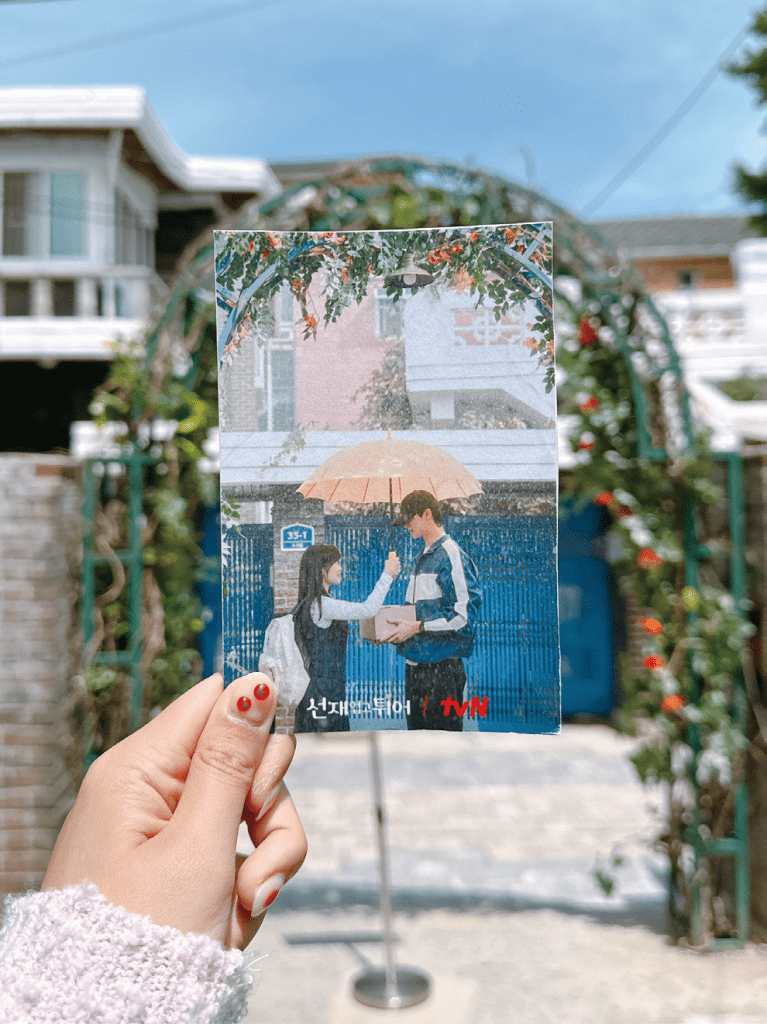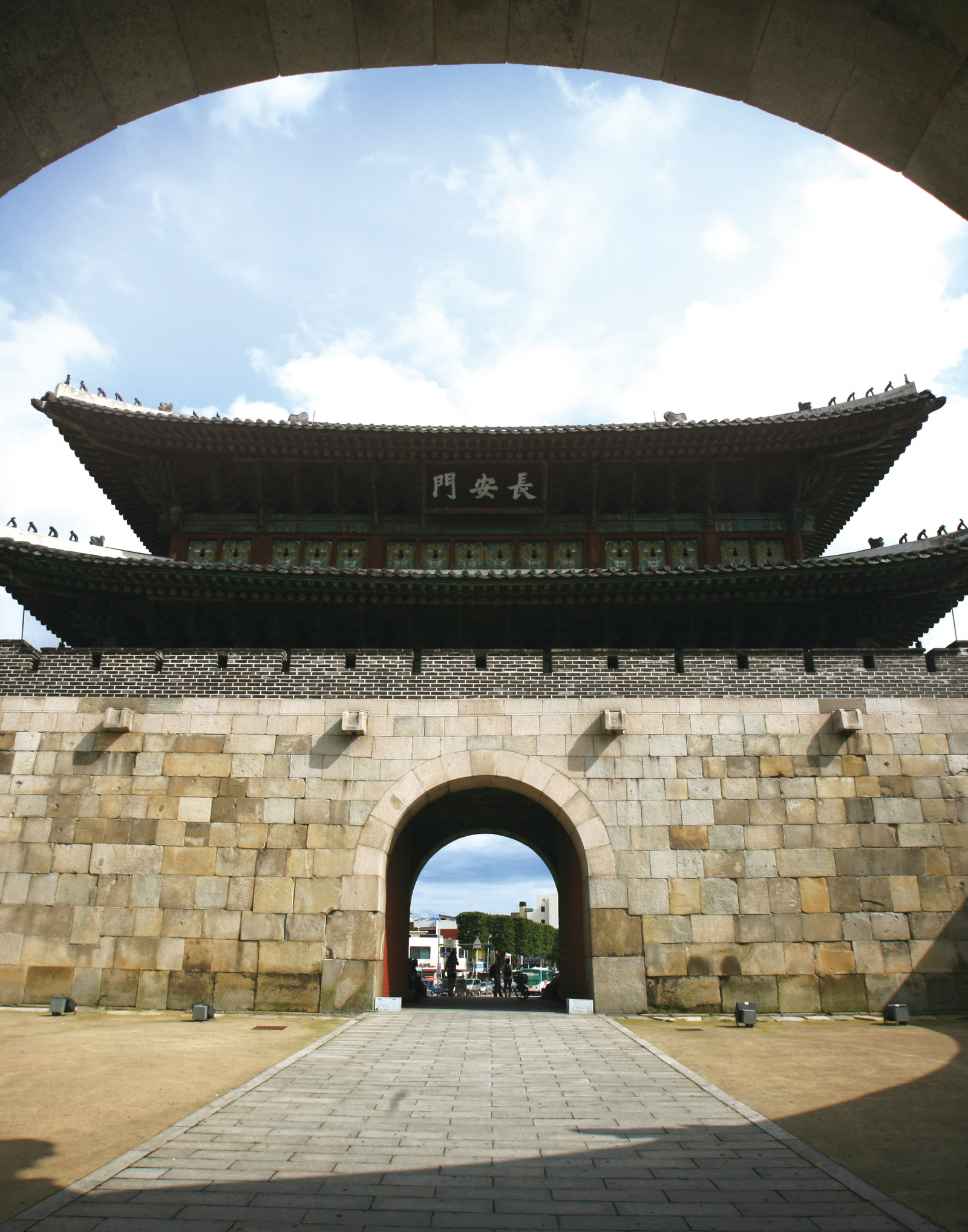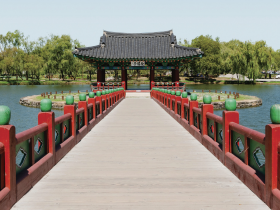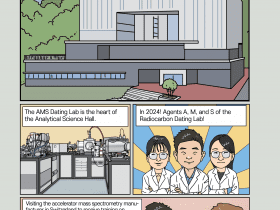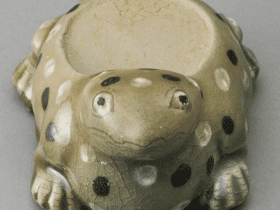Take a leisurely stroll around Hwaseong Fortress, Suwon. Its meticulously stacked gates and elegant walls harmoniously blend with the surrounding natural landscape, standing as a testament to King Jeongjo’s ambition to consolidate his reign as the 22nd king of the Joseon Dynasty. Considered the pinnacle of Joseon city wall architecture and designated a UNESCO World Heritage Site, Hwaseong Fortress often serves as a picturesque backdrop for various dramas. Let’s explore the fortress, a place where history and stories intertwine.


Hwaseong Fortress in K-Dramas
Hwaseong Fortress was constructed in 1796 when King Jeongjo relocated his father Crown Prince Sado’s tomb to Hwasan, Suwon, establishing a new city for the local residents. Recognized as a symbol of the late Joseon Renaissance and the crowning achievement of Joseon city wall architecture, Hwaseong Fortress has recently gained popularity as a tourist destination. This increased in interest can be attributed to its appearance in dramas such as <Love in the Moonlight>, <The Crowned Clown>, <Twenty-Five Twenty-One>, and the recently concluded hit series <The Lovely Runner>.
Banghwasuryujeong Pavilion, one of Hwaseong Fortress’s four corner pavilions, provided a stunning backdrop for a bicycle- riding scene between the protagonists in <Lovely Runner>. In <Love in the Moonlight>, the Temporary Palace at Hwaseong Fortress’s “Bongsudang” served as the residence of Crown Prince Yi Yeong, portrayed by actor Park Bogum. The Temporary Palace at Hwaseong Fortress is a favored location for historical dramas due to its well-preserved, tranquil palace atmosphere. Thus, Hwaseong Fortress’s long-standing tradition and history continue to thrive, offering a space for cultural reflection for future generations.
Restoring the Temporary Palace at Hwaseong Fortress: A Fresh Start
In May, the Temporary Palace at Hwaseong Fortress in Suwon, demolished during the Japanese occupation, was fully restored after 119 years. The restoration project, initiated in 1989, took 35 years to complete. Located within Hwaseong Fortress, Suwon, the Temporary Palace at Hwaseong Fortress was once Korea’s largest and most beautiful temporary royal residence away from the main palace. Constructed in 1796, during the 20th year of King Jeongjo’s reign, this impressive structure was built at the eastern foot of Paldalsan Mountain following the completion of Hwaseong Fortress. Boasting 576 rooms, the Temporary Palace served dual purposes: functioning as a government office during ordinary times and as the king’s residence during his visits to Suwon.
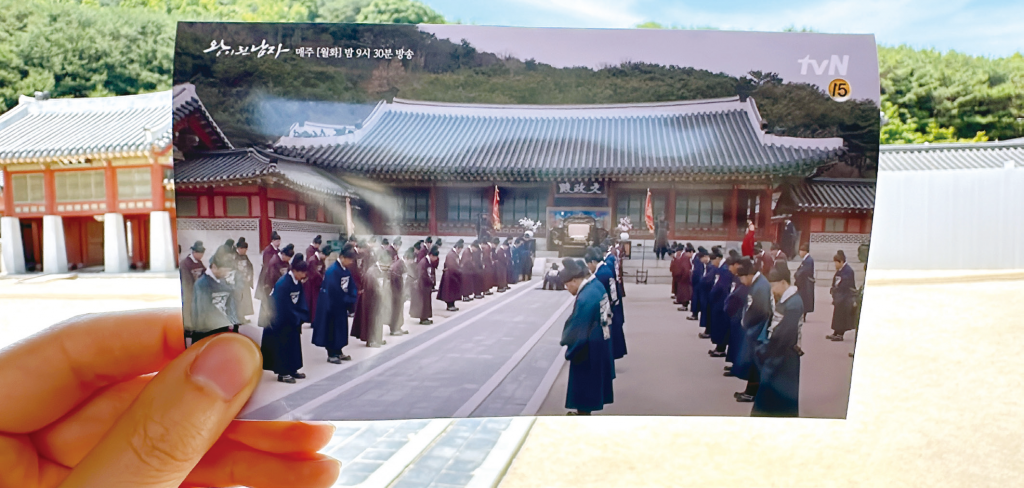

Functioning as both palace and government office until the late 19th century, the Temporary Palace suffered damage during the Japanese occupation starting in 1911, when it was repurposed as a school, hospital, and police station. In 1923, the Japanese government demolished the fortress to build the Gyeonggi Provincial Hospital, seemingly erasing it from history. In 1989, residents of Suwon formed a restoration initiative committee, sparking a full-scale restoration project. The restoration aimed to recreate the structure as it was during King Jeongjo’s reign, based on thorough historical research. The restoration of Hwaseong Fortress to its original form is significant as it represents the reclamation of lost history. Currently, the city of Suwon is organizing the “2024 Temporary Palace at Hwaseong Fortress Evening Tour Program” to celebrate the completion of the fortress’s second restoration phase.
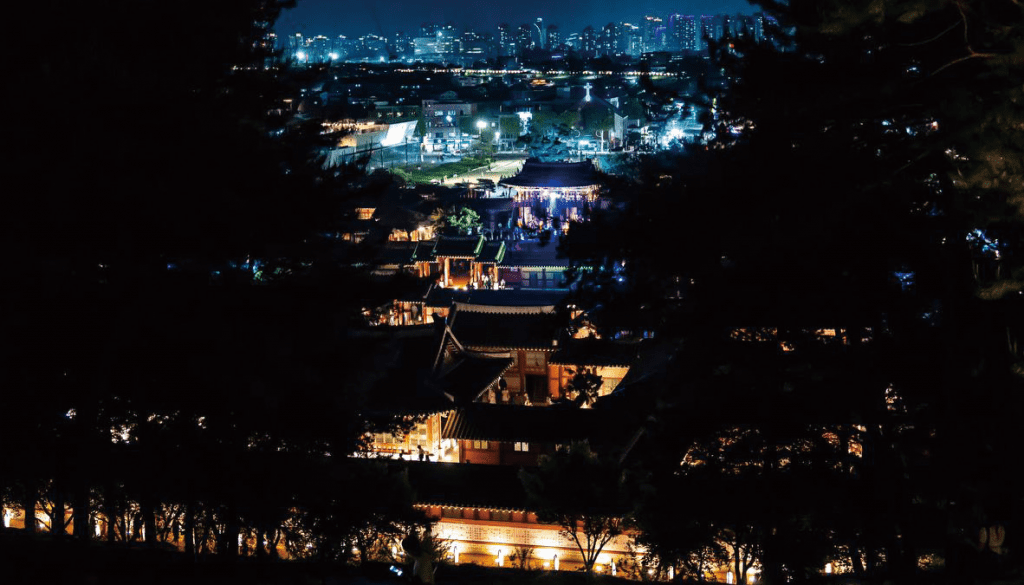

Haenggung-dong: Where History and Present Coexist
Beyond Hwaseong Fortress, in the nearby alleyways, lies Haenggung-dong, a neighborhood where history and modernity blend seamlessly. Here, Suwon’s historical and cultural relics flourish alongside contemporary life. Streets once traversed by kings now bustle with cozy cafes and modern restaurants. Haenggung-dong has been branded as a tourist-themed alley district, nicknamed “Haengnidan-gil.” Suwon is actively working to boost the local economy by connecting Korea Heritage sites like Hwaseong Fortress and the Temporary Palace at Hwaseong Fortress with tourist experiences.Recently, a cafe in Haenggung-dong named Mong Ted, known for its unique trumpet creeper arch, has gained fame as a filming location for the popular drama <Lovely Runner>. Tourists now flock to the area for photo opportunities, adding to the bustling atmosphere of Haenggung-dong. Surrounded by the World Heritage Site Hwaseong Fortress, Haenggung-dong continues to serve as a backdrop for many dramas, embodying a beautiful space where history and present coexist.


Moving Forward with Korea Heritage
Beyond K-pop and K-dramas, Hallyu fans around the world passionately embrace K-culture, rooted in our rich heritage. Recently, a new term, “K-Heritage”, has emerged, illustrating the deepening connection between Hallyu and Korea Heritage. Korean traditional culture, like Pansori and Hanbok, is being reinterpreted within modern contexts, while regional cultural heritage classified as Korea Heritage features prominently in K-dramas.By fusing the unique beauty of our heritage with local tourism draws, Hwaseong Fortress and other precious heritage sites can continue to gain strength by appearing as the backdrop in various media productions. The enhanced profile of such sites raises curiosity about what kind of heritage will be reflected on TV and screens in the future.
